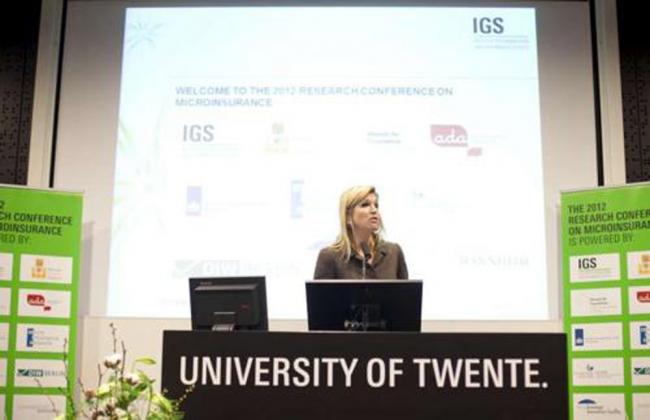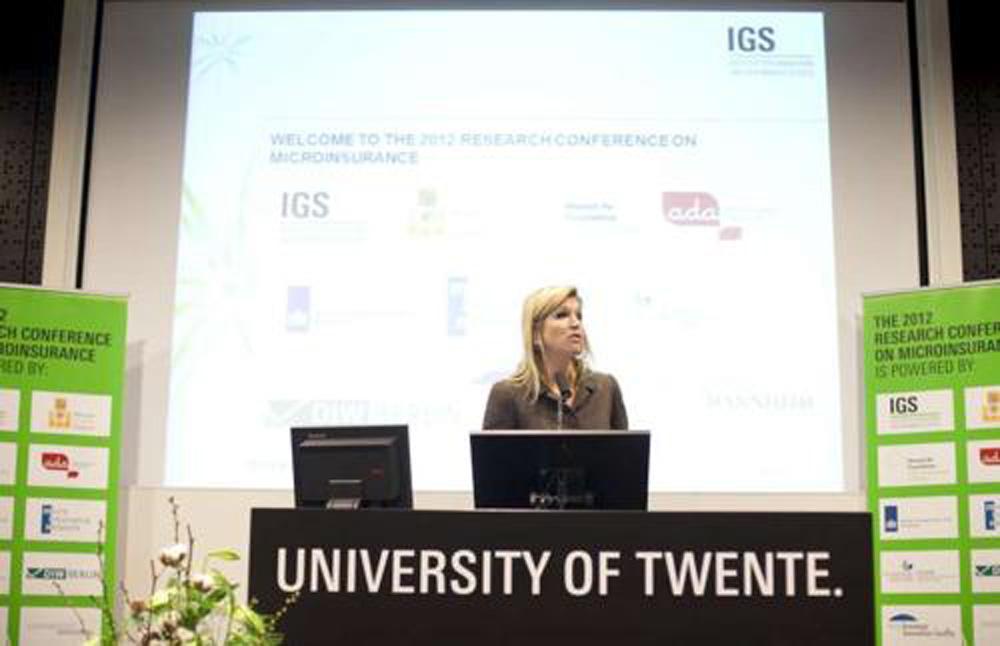
Every year, 100 million people around the world fall into poverty due to medical costs. Insurance is playing an increasing role in helping poor households avoid this tragic outcome.
Government-led programs can have dramatic impacts by providing scale and wide-spread coverage. In Mexico nearly 7% of families were dragged below the poverty line each year by medical emergencies until the late 1990s. In 2004, a government insurance program, Seguro Popular, was introduced, and by 2010, this number had fallen to less than 3%. Health insurance is now nearing universal coverage, and those who do seek medication and procedures no longer risk being bankrupted by illness. Health outcomes have also improved.
Policy and partnerships can also lead to microinsurance products that low-income individuals in developing countries can purchase. The Insurance Regulator in Zambia for instance, is authorizing new distribution channels. In 2012, two new microinsurance products were introduced, and for the first time, clients could buy life insurance using mobile phones, for as little as USD 0.30 per month. In Jordan, Women’s World Banking partnered with an insurance company to launch the The Caregiver Policy, microinsurance for emergency medical care. For a small monthly premium with their loan repayments, women receive funds for each night spent in a hospital due to medical emergencies, including pregnancy. Women can use this money not only for medical care, but also to cover related business losses and transport costs, helping them to rebound physically and financially. The pilot of the project was highly successful: by 2012, over 91,000 women had enrolled in the program, covering 98% of WWB clients in Jordan. There are plans to expand the program to new markets.
A savings account is the simplest form of insurance, and even the most basic of savings products can be effective in managing health care costs. Women in Kenya provided with a dedicated savings box and key had an increase in preventative health care investments of 68% over a control group, and those using savings earmarked for a specific health product had investments 129% higher.
As financial institutions move toward offering a more diverse mix of services to the poor, savings and insurance products will be important to absorbing risks and improving resiliency.
More Information
- The Economist, “Stretching the safety net,” (2012).
- World Bank, “CCT Programs: Now on Every Continent - Conditional Cash Transfers: Reducing Present and Future Poverty,” World Bank website.
- Pascaline Dupas, Jonathan Robinson. “Why Don't The Poor Save More? Evidence From Health Savings Experiments,” (2011).
- The Microinsurance Network
